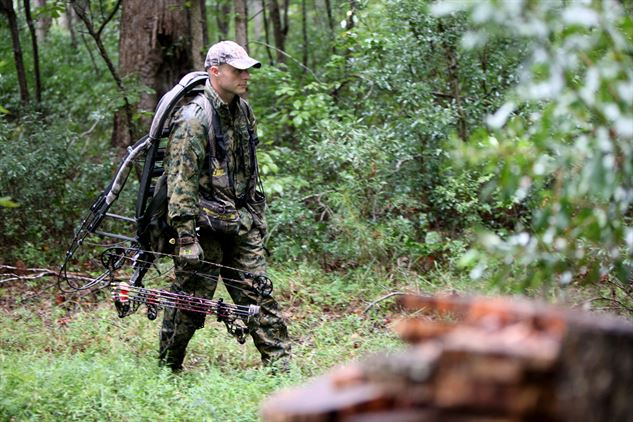Originally posted on SeanCarothers.net
In addition to providing a solid workout, bowhunting is also a great way to connect with the outdoors. For many hunters, though, finding the right location can be cost-related as well. Here’s a list of five of the most affordable states for bowhunting for nonresidents.

Ohio
Annual Nonresident Hunting Fee: $141.50, Deer Permit: $41
What else would you expect from the Buckeye State? Ohio’s archery season runs long, from late September to early February. The one drawback is the state’s high percentage of privately owned land, with only about 5 percent open to the hunting public. Still, there’s also a high percentage of white-tailed deer, which makes the trade-off worth it.
Nebraska
Nonresident Habitat Stamp: $25, Deer Permit $242
Nebraska’s low population and abundance of untamed land makes it a hunter’s paradise. Generally, the fees cover the hunting of both whitetails and mule deer (see the state’s outdoor sport website for more information). Try your luck in the less-populated central and western areas of the state to get a leg up on the competition (though there probably won’t be much).
Missouri
Nonresident Hunting Fee: $225
Bordered by Kansas and Iowa, the Show-Me State offers a nutrition-rich habitat with relatively mild winters, both of which contribute to its thriving whitetail population. The fee allows hunters to tag two deer of either gender (though only one antlered buck is allowed prior to November 11 this year), and two turkeys (tom or hen) are also included in the fee.
Kentucky
Annual Hunting License: 140, Statewide Deer Permit: $120
With over a million and a half acres available for public hunting, Kentucky provides great bang for your buck (pun intended). Due to a brutally low deer population from the 1930s to the ’80s, the state may have fallen off the radar as far as hunting is concerned, but the issue has since seen a significant turnaround. Today, the area is home to over 900,000 whitetails.
North Dakota
Nonresident Fees: Fishing, Hunting, and Furbearer Certificate: $2, Game and Habitat License: $20, Deer License $250
To be perfectly blunt, there isn’t a whole lot to do in North Dakota besides hunt–something that won’t bother anyone who’s traveled there for the express purpose of bagging a buck.





